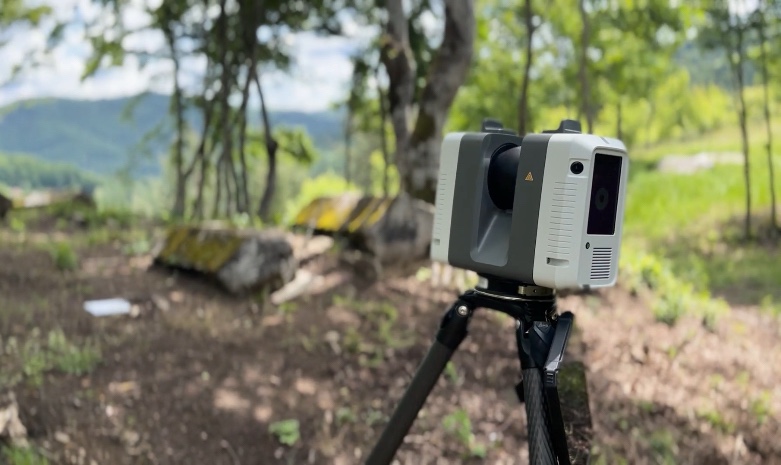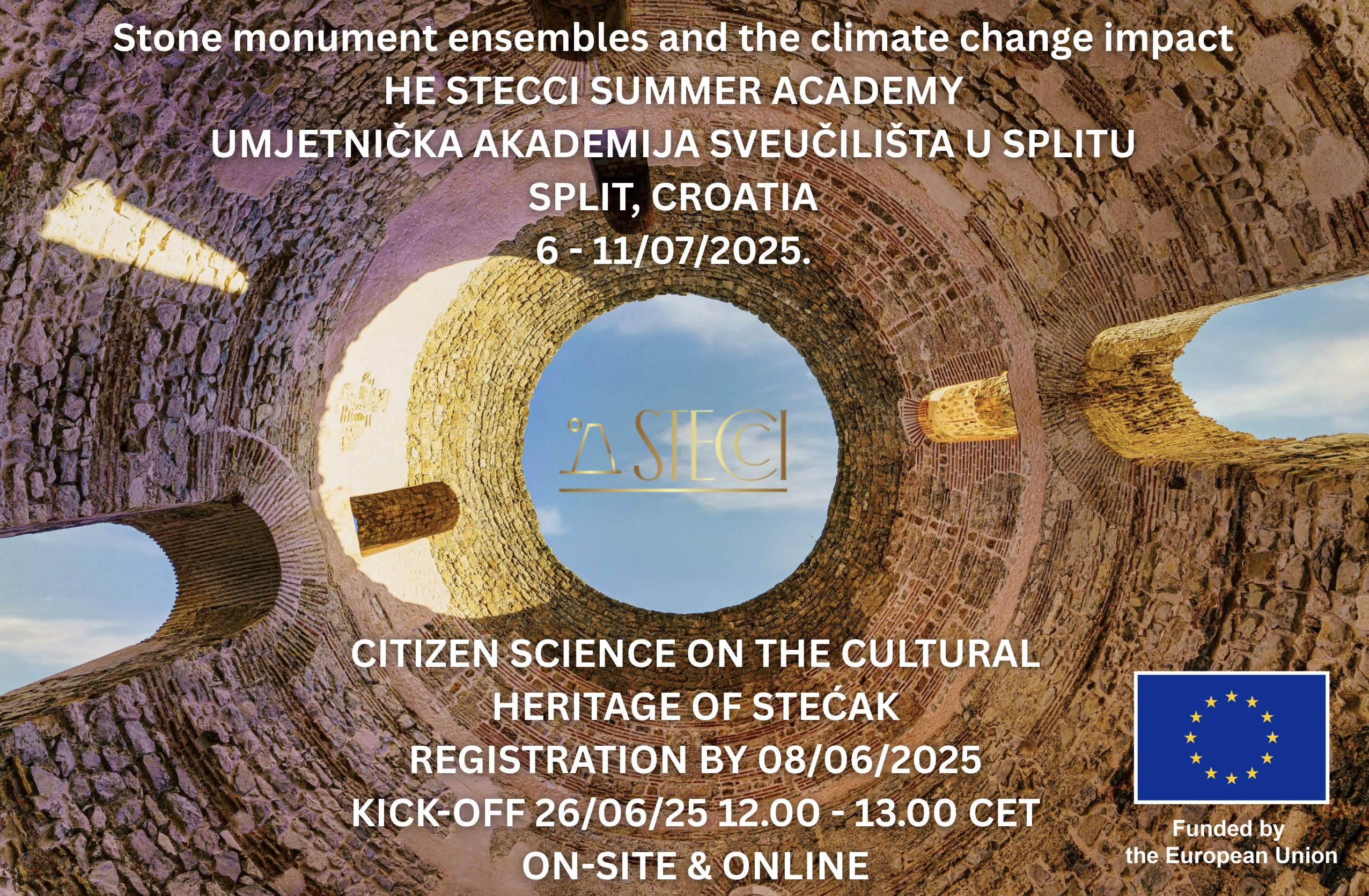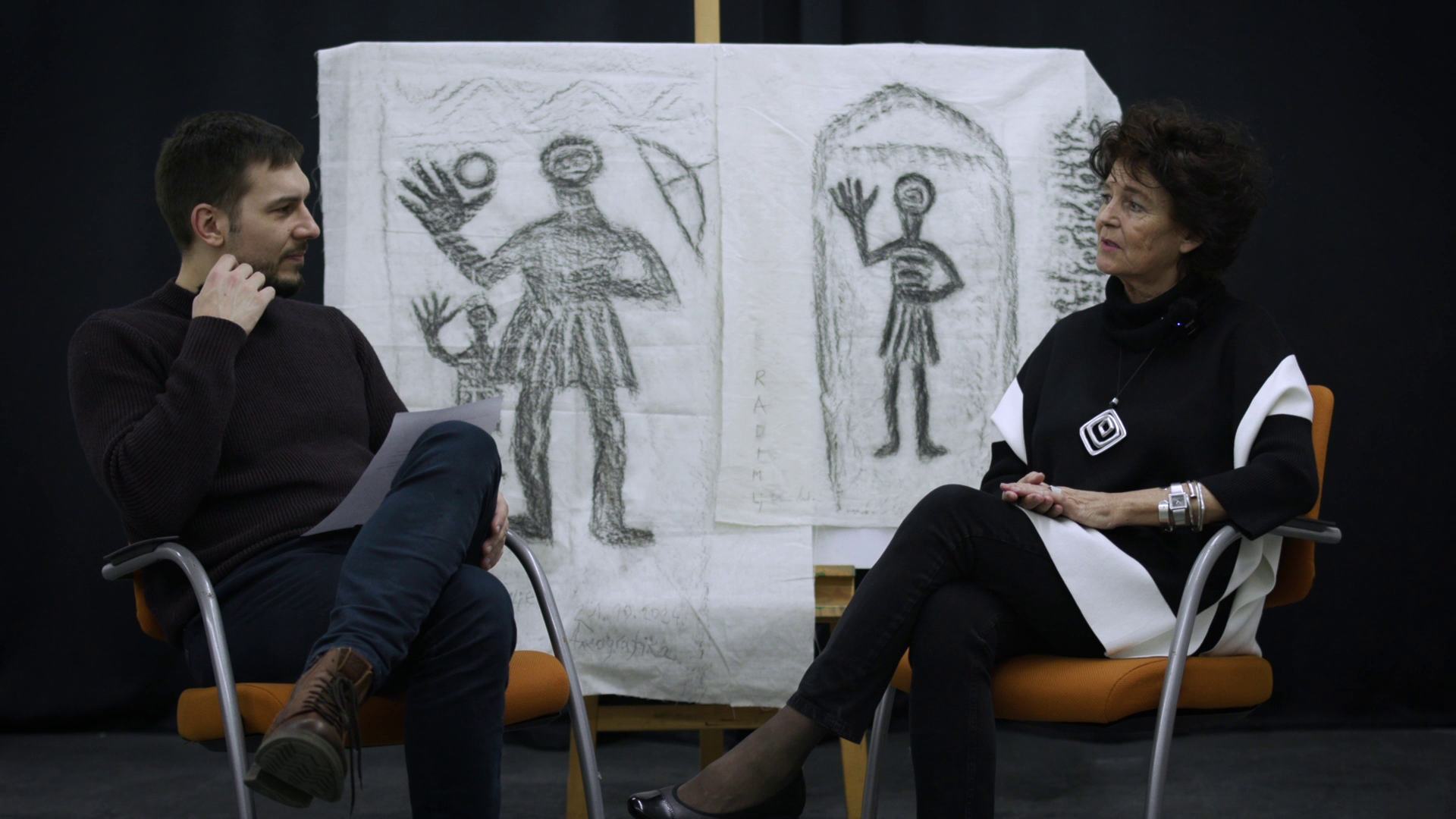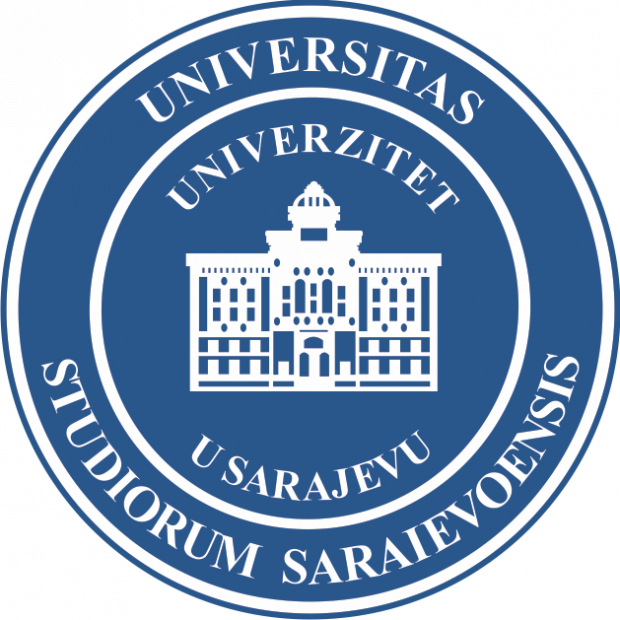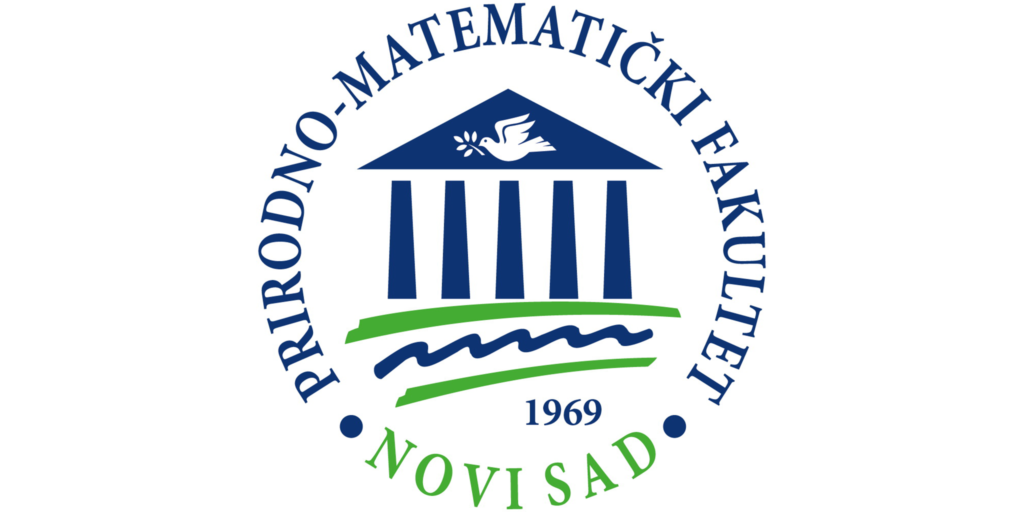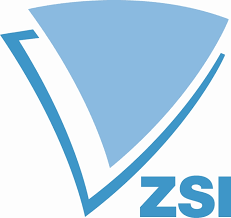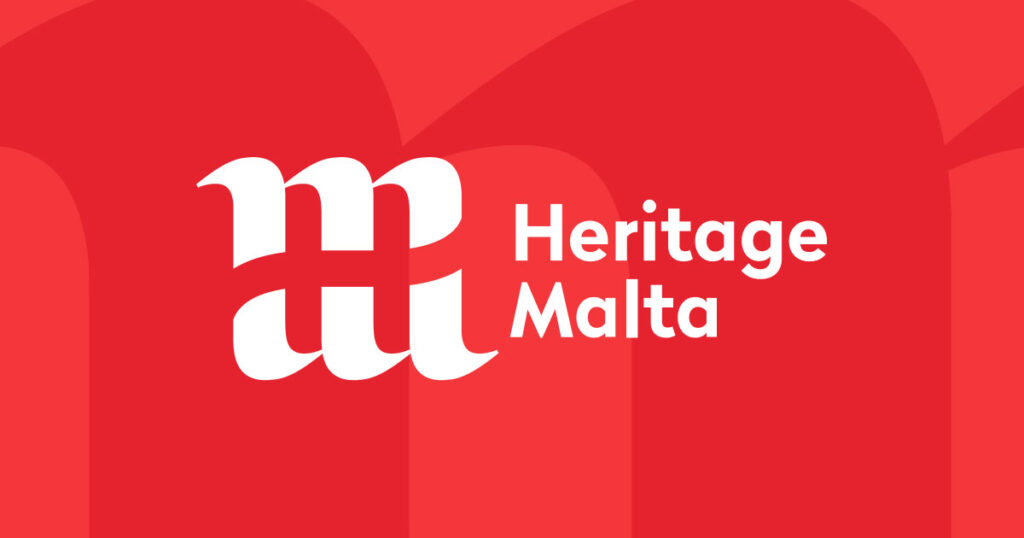
Latest News & Events
How it works
Interactive STECCI Digital
Atlas
Assessment of Monument Condition
Development of Perservation Guideline
Sharing Cultural Values and Raising Awareness
Key Features
● STECCI is a multidisciplinary project combining expert knowledge and skills from conservation and conservation science, climate and environmental sciences, life sciences, social sciences, economy, creative industries and humanities to overcome the challenges in the cultural heritage realm imposed by CC.
● STECCI will use cutting-edge research equipment, digital technologies, newest approaches in social sciences and excellence in conservation practice to achieve the set objectives based on demo-cases, which will be translated and applicable to wider use in Europe and beyond.
● STECCI will trace decay patterns on cultural property back to climate and environmental conditions and improve the understanding of their correlation.
● The project will produce the first science-based Preservation Guidelines (monitoring protocol and conservation guidelines) for limestone monuments in two climate scenarios. It will be strengthened with economic tools to facilitate optimal decision-making in protection of cultural heritage (CH).
● A methodology for low-cost digitisation will be developed, thus supporting the EU policy which stipulates that within the coming years all of the cultural heritage at risk needs to be digitised in 3D.
● Citizen science, creative place-making, storytelling and other forms of local community involvement will increase citizens’ scientific literacy, raise awareness, socio-economic benefits, and both the individual and collective responsibilities in cultural heritage protection.
● Cultural heritage, as a driver of sustainable innovation and a European sense of belonging, will reach its full potential through a continuous engagement with multi-stakeholders from civil society and economic sectors. Social labs in selected partner countries will serve as a model.
● Using various forms of education tools (hands-on training, summer academies, workshops, games, conferences) STECCI will strengthen the role of researchers, conservators, stakeholders and decision-makers in sustainable protection and smart cultural heritage management.
● The project will exemplify successful professional and personal cooperation between previously war-conflicted countries, with emphasis on local communities, and promote common cultural values as means to reduce and prevent social and political radicalism.

